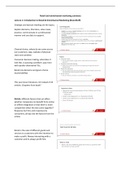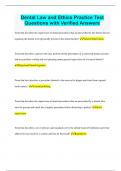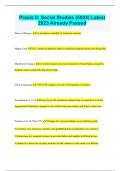Samenvatting
Summary Retail & Omnichannel Marketing all lectures and articles
All the relevant articles and lectures for the exam. All summarized per week and broadly discussed. So, also includes summaries of all the articles. Also print screens from the slides/lectures in it.
[Meer zien]






